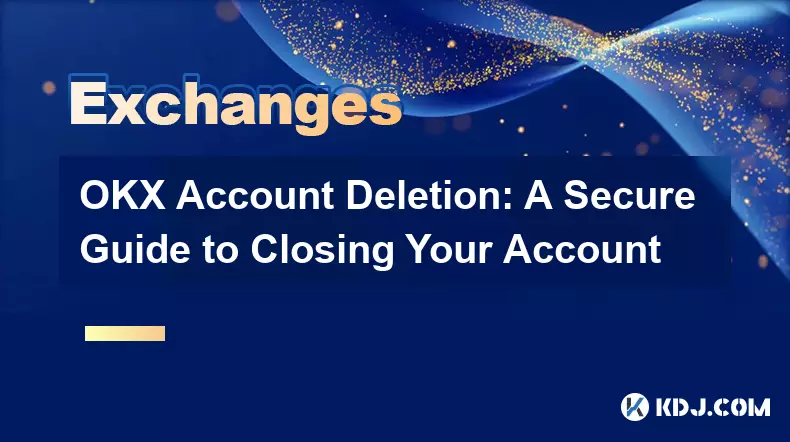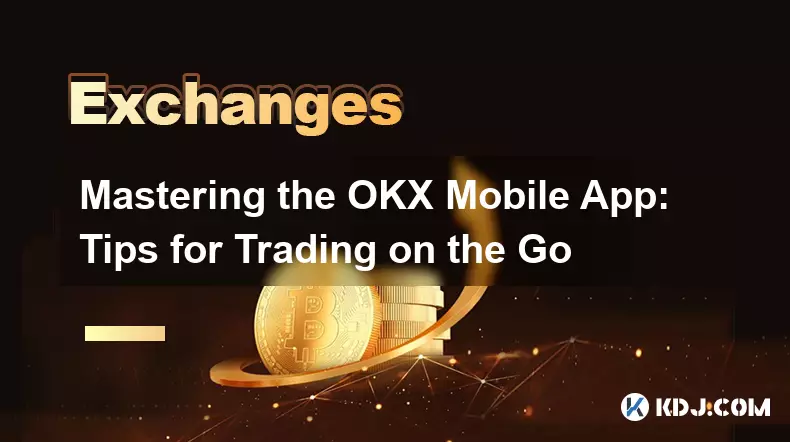-
 bitcoin
bitcoin $106680.127705 USD
0.67% -
 ethereum
ethereum $3615.722480 USD
-0.65% -
 tether
tether $0.999925 USD
-0.04% -
 xrp
xrp $2.550072 USD
5.91% -
 bnb
bnb $1002.572269 USD
-0.90% -
 solana
solana $168.746669 USD
1.08% -
 usd-coin
usd-coin $0.999832 USD
-0.03% -
 tron
tron $0.297244 USD
1.97% -
 dogecoin
dogecoin $0.182965 USD
0.71% -
 cardano
cardano $0.600432 USD
2.56% -
 hyperliquid
hyperliquid $41.439691 USD
-1.57% -
 chainlink
chainlink $16.548399 USD
2.40% -
 bitcoin-cash
bitcoin-cash $524.993680 USD
3.45% -
 stellar
stellar $0.302259 USD
4.10% -
 zcash
zcash $539.994871 USD
-16.31%
Maximizing Profits with the Bybit Trading Bot: A Step-by-Step Tutorial
Set up your Bybit trading bot by choosing a strategy, configuring price ranges, and managing risk—ideal for ranging markets with tight grids and auto-compound features.
Nov 01, 2025 at 07:36 am

Setting Up Your Bybit Trading Bot
1. Log into your Bybit account and navigate to the 'Derivatives' section, then select 'Copy Trade' or 'Trading Bot,' depending on the available option in your region. Ensure your two-factor authentication is active for added security.
2. Choose the type of bot you want to deploy—Spot Grid, Futures Grid, or DCA (Dollar-Cost Averaging). Each serves different strategies: Spot Grid works with stablecoins and assets on the spot market, while Futures Grid allows leverage and shorting.
3. Select the trading pair you wish to automate. Popular pairs include BTC/USDT, ETH/USDT, and other high-liquidity options. Liquidity ensures tighter spreads and better execution for your bot’s orders.
4. Configure the investment amount. This is the total capital you allocate to the bot. Be mindful of risk management; never commit funds you cannot afford to lose.
5. Set the upper and lower price limits. The bot will place buy orders near the bottom limit and sell orders near the top, profiting from volatility within this range. Use historical price charts to determine realistic boundaries.
Optimizing Bot Parameters for Maximum Efficiency
1. Define the number of grid levels. More levels mean smaller price intervals between trades, capturing minor fluctuations. However, too many levels may result in insignificant profits after fees.
Higher volatility pairs benefit from wider grids with fewer levels, reducing over-trading during choppy markets.2. Adjust the leverage if using a Futures Grid Bot. Leverage amplifies both gains and losses. Starting with 3x to 5x is advisable for beginners managing risk exposure.
3. Enable auto-compound profits if the feature is available. This reinvests earnings into the grid, increasing position size gradually without manual intervention.
4. Monitor funding rates when trading perpetual contracts. High positive funding rates mean long positions pay shorts, which can erode profits over time. Consider switching to neutral or short-biased strategies during such conditions.
5. Use trailing take-profit or stop-loss features where applicable. These tools lock in gains during strong trends or prevent catastrophic drawdowns during sudden reversals.
Leveraging Market Conditions and Data Analysis
1. Analyze market structure before deploying any bot. In ranging markets, grid bots thrive by buying low and selling high repeatedly. In strongly trending markets, they may accumulate losing positions if not properly configured.
2. Integrate external technical indicators. Tools like RSI, MACD, or Bollinger Bands help identify overbought or oversold zones, informing smarter grid boundary decisions.
Avoid launching a bidirectional grid during clear bull or bear runs—use one-sided (long-only or short-only) modes instead to align with momentum.3. Track global macroeconomic events that impact crypto prices. Federal Reserve announcements, regulatory news, or major exchange outages can trigger extreme volatility, affecting bot performance.
4. Review past bot performance through Bybit’s analytics dashboard. Look at metrics like ROI, number of trades executed, average profit per trade, and max drawdown to refine future setups.
5. Diversify across multiple bots and assets. Running separate bots on BTC, ETH, and altcoins spreads risk and increases chances of catching profitable movements across sectors.
Frequently Asked Questions
How do I withdraw profits from my active trading bot?Profits accumulate in the form of additional base or quote currency within the bot’s balance. To withdraw, stop the bot, then transfer the funds from the futures or spot wallet to your main account before initiating a withdrawal.
Can I modify the grid parameters after the bot has started?Yes, Bybit allows adjustments to price ranges and investment amounts while the bot is running. However, changing core settings like grid count or leverage might require stopping and restarting the bot, which could affect open orders.
What happens if the market moves outside my grid range?If the price breaches the upper or lower limit, the bot stops executing new trades until it re-enters the range. Some versions allow partial recovery mechanisms, but manual intervention may be needed to reposition the grid.
Are there fees associated with using the Bybit trading bot?The bot itself does not charge extra fees beyond standard trading costs. You still incur taker/maker fees on each executed order, which are deducted from profits. High-frequency grids can accumulate significant fees over time.
Disclaimer:info@kdj.com
The information provided is not trading advice. kdj.com does not assume any responsibility for any investments made based on the information provided in this article. Cryptocurrencies are highly volatile and it is highly recommended that you invest with caution after thorough research!
If you believe that the content used on this website infringes your copyright, please contact us immediately (info@kdj.com) and we will delete it promptly.
- Meme Coins, Degen Alpha, and Market Updates: Navigating the Crypto Landscape
- 2025-11-11 19:00:02
- XRP and Dogecoin: Millionaire-Maker Showdown or Just a Meme?
- 2025-11-11 18:50:01
- Decoding Crypto Trends: Square's Bitcoin Leap, McRib's Market Magic, and the Altcoin Surge
- 2025-11-11 19:50:01
- CryptoQuant: ETF Buying on Thin Ice? Sellers Primed to Dominate
- 2025-11-11 19:10:02
- Altcoin ETF Mania: XRP ETF Launch Date Buzz and Beyond!
- 2025-11-11 19:50:01
- Uniswap's UNI Surges: Burn Mechanism Ignites Price Rally!
- 2025-11-11 19:10:02
Related knowledge

Common Mistakes to Avoid on OKX: A Guide for New Traders
Nov 04,2025 at 03:37pm
Understanding the Interface Before Trading1. New traders often jump into placing orders without fully exploring the OKX platform layout. Taking time t...

OKX TradingView Integration: A Guide to Advanced Chart Analysis
Nov 02,2025 at 03:37am
OKX and TradingView: Bridging the Gap for Professional Traders1. OKX, one of the leading cryptocurrency exchanges, has integrated with TradingView to ...

Finding Your OKX Deposit Address: A Quick and Safe Guide
Nov 05,2025 at 01:15pm
Finding Your OKX Deposit Address: A Step-by-Step Process1. Log into your OKX account using your registered credentials. Ensure you are accessing the o...

OKX Savings Guide: A Low-Risk Strategy for Earning Crypto
Nov 05,2025 at 06:55am
Understanding OKX Savings and Its Role in Crypto Earnings1. OKX Savings offers users a straightforward method to earn passive income by leveraging idl...

OKX Account Deletion: A Secure Guide to Closing Your Account
Nov 05,2025 at 08:44am
Understanding the Implications of Account Closure1. Closing your OKX account permanently removes access to all associated trading features, including ...

Mastering the OKX Mobile App: Tips for Trading on the Go
Nov 05,2025 at 01:19am
Streamlined Navigation for Efficient Trading1. The OKX mobile app features a clean and intuitive interface that allows traders to access key functions...

Common Mistakes to Avoid on OKX: A Guide for New Traders
Nov 04,2025 at 03:37pm
Understanding the Interface Before Trading1. New traders often jump into placing orders without fully exploring the OKX platform layout. Taking time t...

OKX TradingView Integration: A Guide to Advanced Chart Analysis
Nov 02,2025 at 03:37am
OKX and TradingView: Bridging the Gap for Professional Traders1. OKX, one of the leading cryptocurrency exchanges, has integrated with TradingView to ...

Finding Your OKX Deposit Address: A Quick and Safe Guide
Nov 05,2025 at 01:15pm
Finding Your OKX Deposit Address: A Step-by-Step Process1. Log into your OKX account using your registered credentials. Ensure you are accessing the o...

OKX Savings Guide: A Low-Risk Strategy for Earning Crypto
Nov 05,2025 at 06:55am
Understanding OKX Savings and Its Role in Crypto Earnings1. OKX Savings offers users a straightforward method to earn passive income by leveraging idl...

OKX Account Deletion: A Secure Guide to Closing Your Account
Nov 05,2025 at 08:44am
Understanding the Implications of Account Closure1. Closing your OKX account permanently removes access to all associated trading features, including ...

Mastering the OKX Mobile App: Tips for Trading on the Go
Nov 05,2025 at 01:19am
Streamlined Navigation for Efficient Trading1. The OKX mobile app features a clean and intuitive interface that allows traders to access key functions...
See all articles









































































